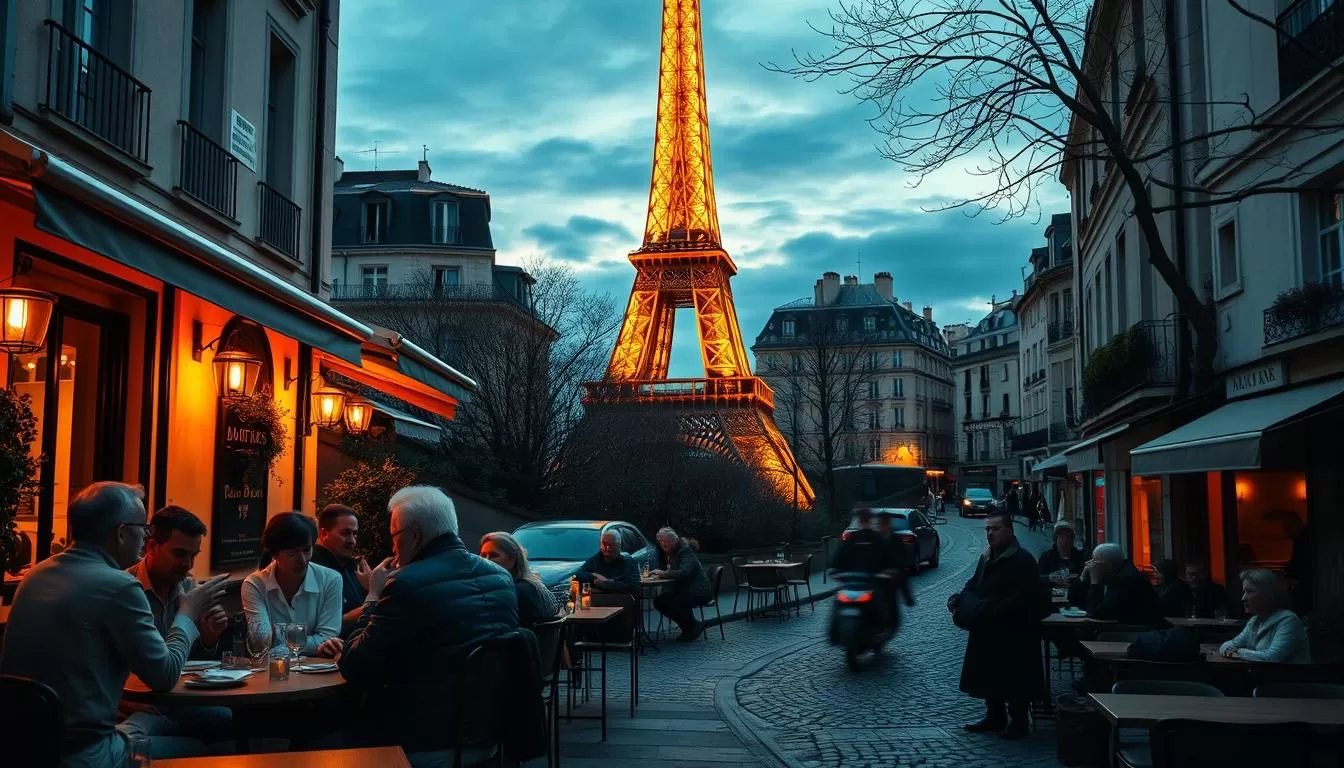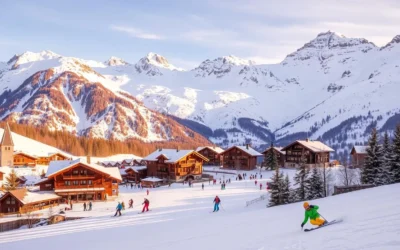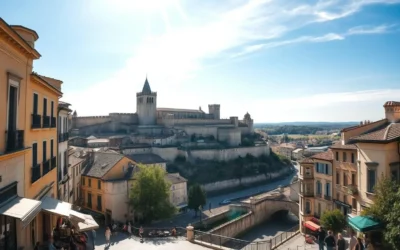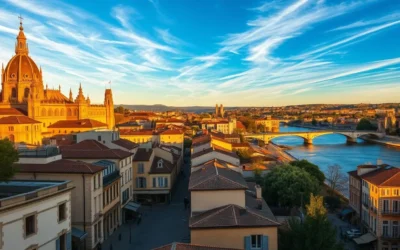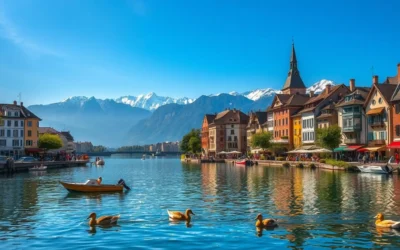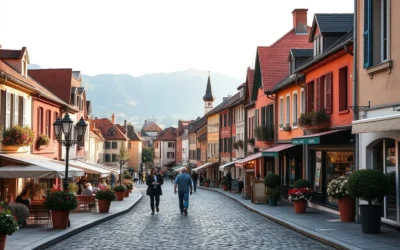When you think of this country, the French language likely comes to mind. It’s not just a means of communication but a cornerstone of national identity. According to the Constitution, it’s the sole official language, used in government, education, and media.
Despite this, the culture here is rich with linguistic diversity. Regional languages like Occitan and Alsatian are still spoken, especially in specific areas. These languages add depth to the country’s heritage, showcasing its varied history.
Understanding the role of language in this nation helps you appreciate its unity and diversity. Whether through law or everyday life, it’s clear that language shapes the identity of this vibrant country.
Understanding France’s Language Landscape
Exploring the linguistic evolution of this nation reveals a fascinating journey. Over the centuries, historical events and cultural shifts have shaped the way people communicate. From the dominance of Francien in the 12th century to the rise of regional dialects, the story is rich and complex.
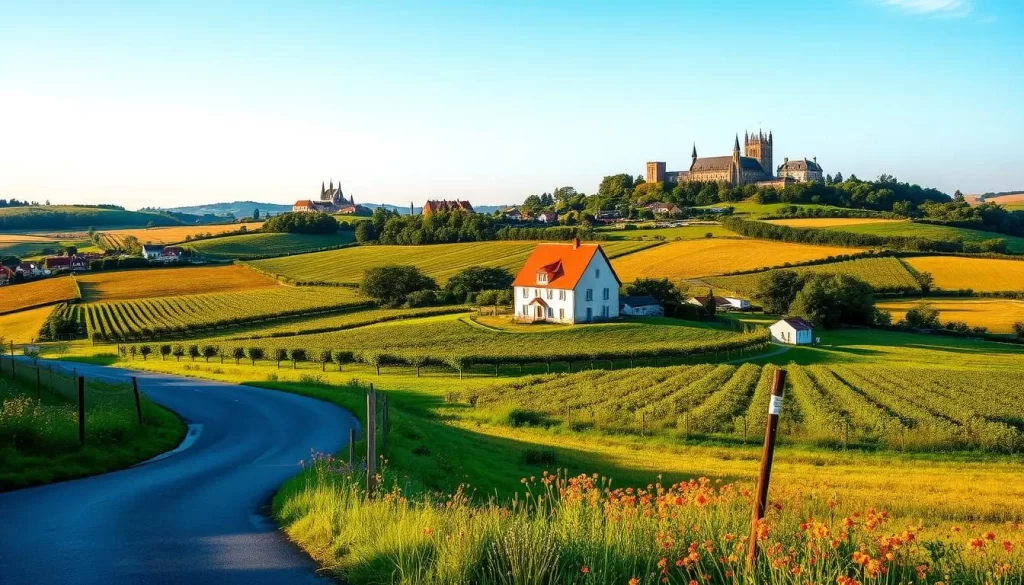
Historical and Cultural Influences
Language in this country has always been tied to its history. During the Middle Ages, Occitan flourished as one of the oldest regional tongues. Breton, a Celtic dialect, remains a symbol of cultural pride in Brittany. These dialects reflect the diverse heritage of each region.
Generational shifts have also played a role. While older generations often preserve traditional dialects, younger populations tend to adopt more standardized forms. This trend highlights the dynamic nature of language transmission.
Government Policies and Language Preservation
Government policies have significantly influenced the linguistic landscape. From the 16th-century ordinances to modern educational reforms, efforts have been made to promote a unified language. However, recent initiatives also focus on preserving regional dialects.
For example, Breton is actively taught in schools and celebrated in festivals. Similarly, Occitan is recognized and supported in certain areas. These efforts aim to balance tradition with modernity.
| Dialect | Region | Status |
|---|---|---|
| Breton | Brittany | Promoted in schools |
| Occitan | Southern regions | Taught in some schools |
| Alsatian | Alsace | Declining among youth |
Today, the interplay between traditional dialects and modern policies continues to shape the language spoken here. These efforts ensure that cultural heritage remains alive, even as the population evolves.
France: Official and widely spoken languages
The linguistic diversity of this nation is a testament to its rich cultural heritage. While the national language is dominant, regional dialects add depth to its identity. These dialects are not just forms of communication but symbols of local pride and history.
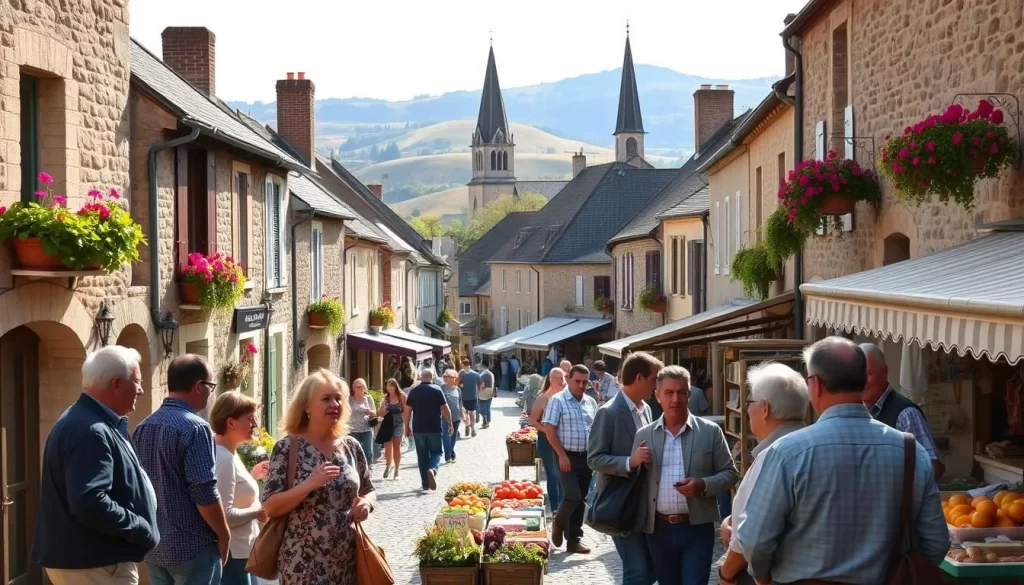
National Language and Regional Variants
French is the primary language, spoken by 87.2% of the population. However, regional dialects like Occitan, Breton, and Alsatian are still prevalent. Occitan, for example, has around 610,000 speakers and is divided into seven dialects.
These dialects are often tied to specific areas. Breton is common in Brittany, while Alsatian is found in Alsace. Despite their limited official status, they remain vital to local community identity.
Cultural Roles and Legal Mandates
Regional languages play a significant cultural role. They are celebrated in festivals and taught in some schools. For instance, Breton is actively promoted in educational programs.
Legal mandates also influence their preservation. While French is the sole official language, efforts are made to protect minority language traditions. This balance ensures that cultural heritage remains alive.
| Dialect | Region | Status |
|---|---|---|
| Occitan | Southern regions | Taught in some schools |
| Breton | Brittany | Promoted in schools |
| Alsatian | Alsace | Declining among youth |
This dynamic coexistence of languages highlights the nation’s commitment to preserving its diverse heritage. Whether through education or cultural events, these efforts ensure that regional dialects continue to thrive.
Diversity of Regional Languages in France
The linguistic map of this country is a vibrant tapestry of regional dialects and languages. From the romance language family to the celtic language varieties, each dialect tells a unique story of its territory.

Examples of Regional Dialects
Occitan, a romance language, is also known for its seven dialects, including Gascon and Provençal. These dialects are still spoken in southern areas, though their use has declined.
Breton, a celtic language, was brought to Brittany centuries ago. Despite past discouragement, it’s now taught in Diwan schools and celebrated in festivals.
Alsatian, influenced by both High German and French, is still spoken by older generations in Alsace. However, its use is fading among younger people.
Efforts to Revitalize Local Tongues
Revitalization efforts include bilingual education and media broadcasts. For example, Occitan is taught in some schools and used in public transport announcements.
Community-led initiatives, like cultural festivals and translation projects, also play a key role. These efforts help preserve the unique identity of each area.
Legal changes, such as the Loi Molac, support the teaching of regional languages. This ensures their survival in modern times.
Understanding these dialects enriches your appreciation of the country’s cultural heritage. For more on this topic, explore regional minority languages.
Immigrant and Cross-Border Language Influence
The influence of immigrant communities has reshaped the linguistic landscape in many ways. Languages like Arabic and Berber are now integral to daily life, especially in metropolitan areas. These languages enrich communication and foster multicultural neighborhoods.

Popular Immigrant Languages in Daily Life
Immigrant languages are often spoken at home, creating a bridge between cultures. For example, Arabic is used by millions of persons in urban centers. This practice strengthens community bonds and preserves cultural heritage.
These languages are not just confined to homes. They appear in markets, social gatherings, and even media. This widespread use highlights their importance in everyday interactions.
Cross-Border Linguistic Connections
Cross-border influences add another layer to the linguistic scene. Neighboring countries contribute dialects and phrases that blend seamlessly into local speech. This exchange enriches the diversity of spoken languages.
For instance, regions near borders often adopt words and expressions from adjacent nations. This blending creates a unique linguistic identity for these areas.
Educational and Community Initiatives
Schools play a crucial role in preserving minority languages. Programs teach immigrant children their native tongues alongside the dominant language. This approach fosters bilingualism and cultural pride.
Community centers also host events celebrating linguistic diversity. Festivals, workshops, and language classes ensure these languages thrive for years to come.
| Language | Community | Initiatives |
|---|---|---|
| Arabic | Urban centers | School programs, cultural events |
| Berber | North African communities | Workshops, media broadcasts |
| Spanish | Latin American communities | Festivals, language classes |
These efforts create inclusive environments where everyone feels valued. By embracing linguistic diversity, communities build stronger connections and a richer cultural fabric.
For more insights, explore language policies in immigrant communities or learn about linguistic proximity and migration.
Conclusion
The unique blend of the dominant language with regional and immigrant tongues defines this nation’s cultural identity. From the vibrant dialects of southern regions to the influence of cross-border connections, each part contributes to a rich linguistic tapestry.
Today, preservation efforts play a key role in maintaining this diversity. Schools and communities actively support regional dialects, ensuring they remain a vital part of daily life. These initiatives highlight the importance of balancing tradition with modernity.
Language is more than a tool for communication; it’s a reflection of history and identity. The dynamic interplay between the national language and other tongues continues to shape the cultural landscape. For more insights, explore the global presence of French speakers.
This ongoing addition of diverse voices enriches the experience, making it a truly unique part of the world. Understanding this linguistic diversity offers a deeper appreciation of the nation’s heritage and its evolving identity.
The above is subject to change.
Check back often to TRAVEL.COM for the latest travel tips and deals.
Here are some Tours & Sightseeing suggestions that might pique your interests!
